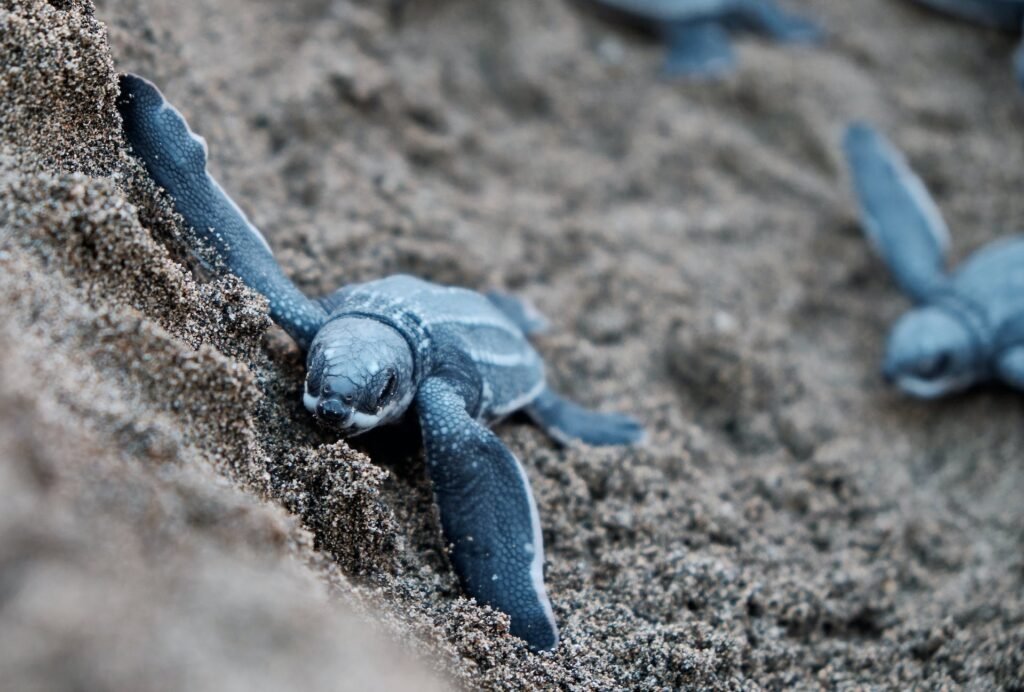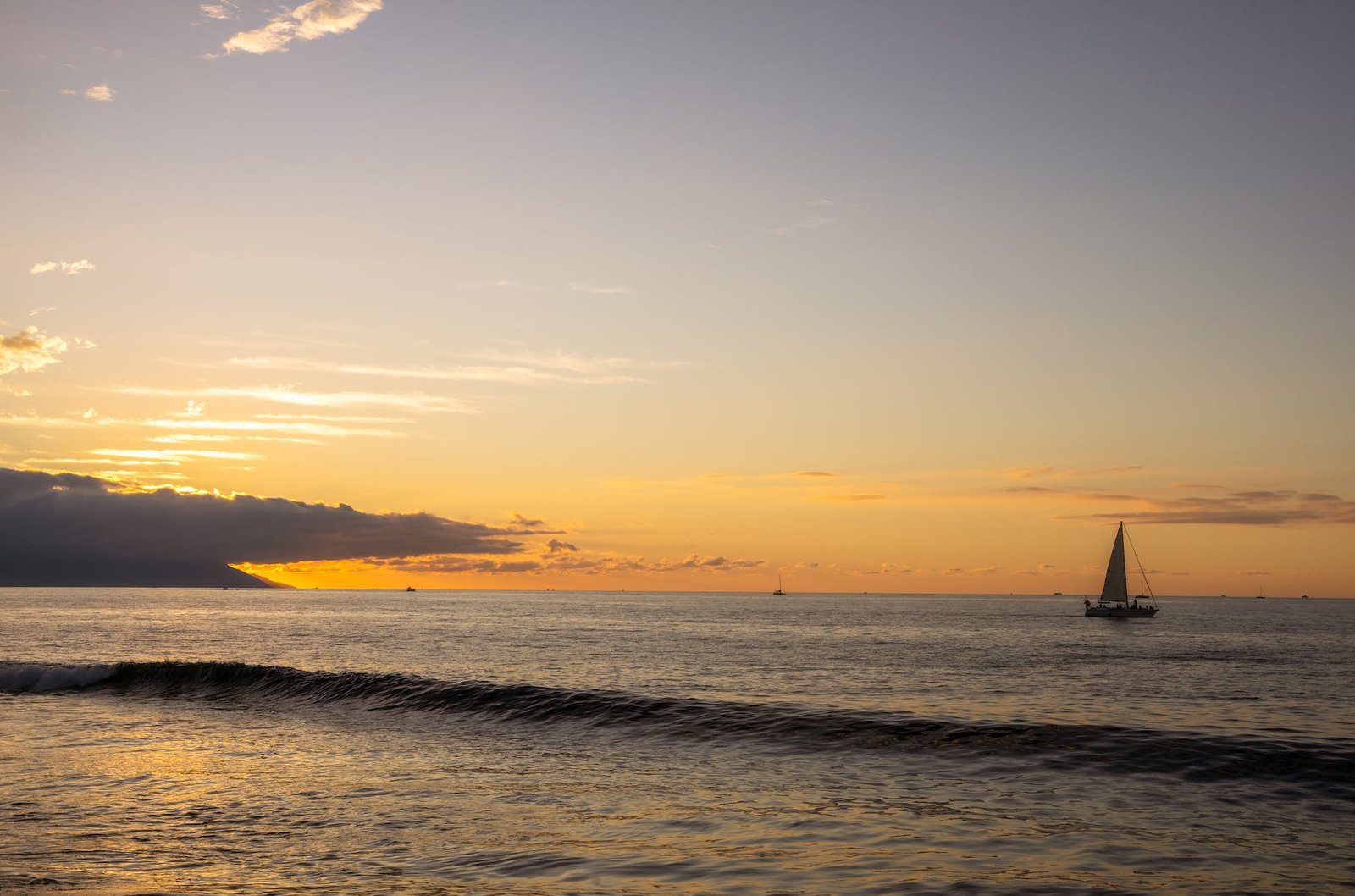Area: 1,300 sq. kilometers
Population: 350,000 inhabitants
Climate: Tropical, humid, with an average of 300 sunny days per year. The temperature averages 28°C (82°F) and the rainy season extends from late June to early October.
Fauna: Nearby Sierra Vallejo hosts a great variety of animal species such as iguana, guacamaya, deer, cougars, raccoons, etc.
Sanctuaries: Bahía de Banderas encloses two Marine National Parks – Los Arcos and the Marieta Islands – where diving is allowed under certain circumstances, but fishing of any kind is prohibited. Every year, the Bay receives the visit of humpback whales, dolphins and manta rays in the winter. During the summer, sea turtles, a protected species, arrive on its shores to lay their eggs.

Economy: The local economy is based mainly on tourism, construction and, to a lesser degree, agriculture, mainly tropical fruits such as mango, papaya, watermelon, pineapple, guanabana, cantaloupe and bananas.
Currency: The Mexican Peso is the legal currency in Mexico, although Canadian and American dollars are widely accepted.
Buses: A system of urban buses with different routes. Within Puerto Vallarta, the current fare is 10 pesos per ticket, and passengers must purchase a new ticket every time they board another bus. There are no transfers.
Taxis: There are set rates within defined zones of the town. Do not enter a taxi without agreeing on the price with the driver FIRST. If you are staying in a hotel, you may want to check the rates usually posted in the lobby. Also, if you know which restaurant you want to go, do not let the driver change your mind. Many restaurateurs pay commissions to taxi drivers and you may end up paying more than you should, in a second-rate establishment! There are two kinds of taxi cabs: those at the airport and the maritime port that can only be boarded there. They have pre-fixed rates per passenger. City cabs are yellow or white, and charge by the ride, not by passenger. When you ask to go downtown, remember that your fare covers the ENTIRE central area, so make sure you are brought to the main plaza! Pick up a free map, and insist on your full value from the driver! Note the number of your taxi in case of any problem, or if you forget something in the cab. Then your hotel or travel rep can help you check it out or lodge a complaint.
Uber and InDriver are also been available in PV. Download their apps in your smartphone.
Time Zone: The entire State of Jalisco is on Central Time, as is the area of the State of Nayarit from Lo de Marcos in the north to the Ameca River, i.e. Nuevo Vallarta, Bucerías, La Cruz de Huanacaxtle, Sayulita, San Pancho, Punta Mita, etc. North of Lo De Marcos, Guayabitos, La Peñita, San Blas, etc. are on Mountain Time, i.e. one hour behind PV time.
Telephone Calls: Always check on the cost of long distance calls from your hotel room. Most cell phones from the U.S. and Canada can be programmed for local use, through Telcel or other carriers. To dial cell to cell or landline, use the prefix 322, then the seven-digit number of the person you’re calling. To access toll-free numbers in the U.S. and Canada: 800 numbers – dial 001-880 + the number, 866 numbers – dial 001 – 883 + the number, 877 numbers – dial 001 – 882 + the number, 888 numbers – dial 001 + the number.

Local Customs: Tipping is usually 15%-20% of the bill at restaurants and bars. Tip bellboys, taxis, waiters, maids, etc. depending on the service. Some businesses and offices close from 2 p.m. to 4 p.m., reopening until 7 p.m. or later. In restaurants, it is considered poor manners to present the check before it is requested, so when you’re ready to leave, ask “La cuenta, por favor” and your bill will be delivered to you.
Money Exchange: Banks will give you a higher rate of exchange than the exchange booths (caja de cambio), though not all offer exchange services to foreigners. Better yet, if you have a “bank card”, withdraw funds from your account back home. Try to avoid exchanging money at your hotel. Traditionally, those offer the worst rates.
What to Do: Even if your all-inclusive hotel is everything you ever dreamed of, you should experience at least a little of all that Vallarta has to offer – it is truly a condensed version of all that is Mexican and existed before “Planned Tourist Resorts”, such as Cancun, Los Cabos and Ixtapa, were developed. Millions have been spent to ensure that the original “small town” flavor is maintained.
Drinking Water: The false belief that a Mexican vacation must inevitably lead to an encounter with Montezuma’s revenge is just that: false. For the 28th year in a row, Puerto Vallarta’s water has been awarded a certification of purity for human consumption. It is one of only two cities in Mexico that can boast of such accomplishment. True, the quality of the water tested at the purification plant varies greatly from what comes out of the tap at the other end. So do be careful. On the other hand, most large hotels have their own purification equipment and most restaurants use purified water. If you want to be doubly sure, you can pick up purified bottled water just about anywhere.

Exporting Pets: Canadian and American tourists often fall in love with one of the many stray dogs and cats in Vallarta. Many would like to bring it back with them, but believe that the laws do not allow them to do so. Wrong. If you would like to bring a cat or a dog back home, call the local animal shelter for more info: 322 293-3690.
Local Sightseeing: A good beginning would be to take one of the City Tours offered by the local tour agencies. Before boarding, make sure you have a map and take note of the places you want to return to. Then venture off the beaten path. Explore a little. Go farther than the tour bus takes you. And don’t worry – this is a safe place.

